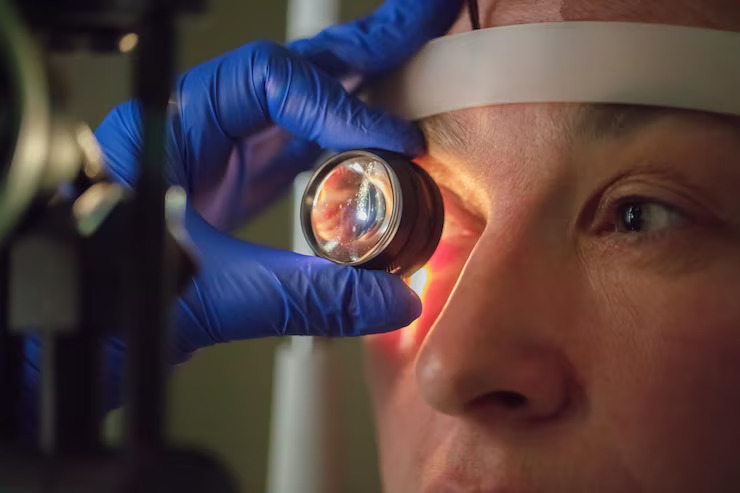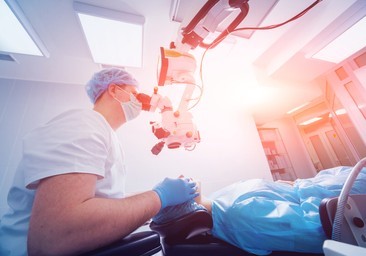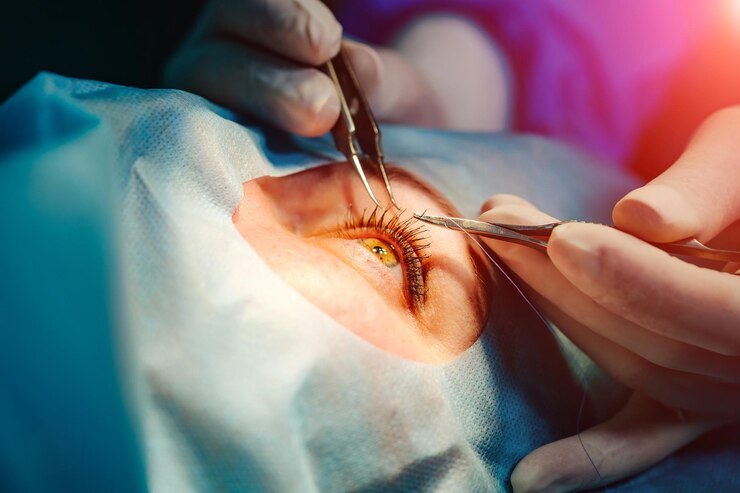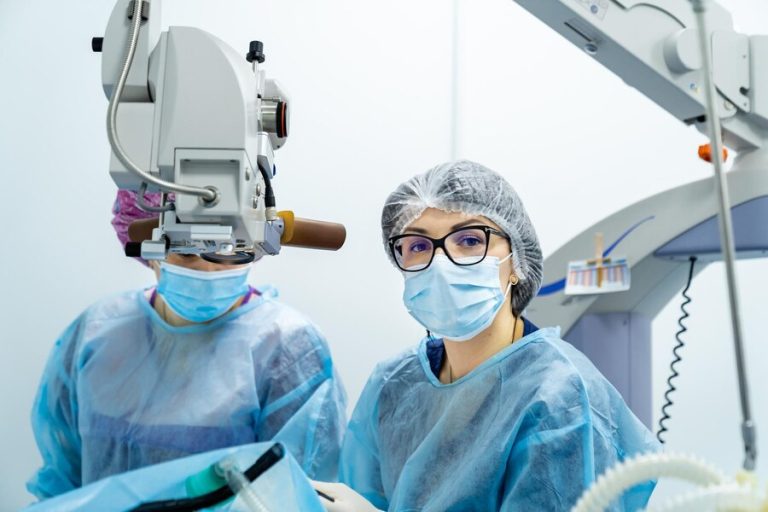Advances In Cataract Surgery Techniques And Technology
Cataract surgery once considered a relatively straightforward procedure, has evolved dramatically over the years with advancements in surgical techniques and technology. These innovations have revolutionized the field, leading to improved outcomes, faster recovery times, and enhanced patient satisfaction. In this article, we explore the latest advances in cataract surgery techniques and technology, highlighting their impact on patient care and visual outcomes.
Evolution of Cataract Surgery:
Cataract surgery dates back centuries, with early techniques involving blunt instruments to manually extract the clouded lens. Over time, surgical approaches have evolved, culminating in the development of modern phacoemulsification techniques. Phacoemulsification, introduced in the 1960s, involves the use of ultrasound energy to break up the cataractous lens and remove it through a small incision. This minimally invasive approach revolutionized cataract surgery, allowing for faster recovery and improved visual outcomes compared to traditional extracapsular extraction techniques.
Advances in Surgical Techniques:
- Microincision Cataract Surgery (MICS): Microincision cataract surgery (MICS) represents a refinement of phacoemulsification techniques, utilizing smaller incisions typically less than 2.0 mm in size. MICS offers several advantages, including reduced surgically induced astigmatism, faster wound healing, and improved postoperative stability of the eye.
- Femtosecond Laser-Assisted Cataract Surgery (FLACS): Femtosecond laser-assisted cataract surgery (FLACS) is a cutting-edge technology that enables precise capsulotomy, lens fragmentation, and corneal incisions using femtosecond laser energy. FLACS offers greater accuracy and reproducibility compared to manual techniques, potentially reducing the risk of complications and improving visual outcomes.
- Refractive Cataract Surgery: Refractive cataract surgery aims to not only remove the cataract but also correct pre-existing refractive errors, such as myopia, hyperopia, and astigmatism. Advanced intraocular lens (IOL) options, including toric and multifocal IOLs, allow surgeons to customize vision correction for each patient, reducing dependence on glasses or contact lenses postoperatively.
Advancements in Technology:
- Intraocular Lens Technology: Intraocular lens technology has undergone significant advancements, with the development of premium IOLs designed to improve visual outcomes and quality of life. Multifocal IOLs provide simultaneous near and distance vision, while accommodating IOLs mimic the natural focusing ability of the eye, reducing the need for reading glasses.
- Imaging and Biometry: High-resolution imaging modalities, such as optical coherence tomography (OCT) and partial coherence interferometry (PCI), enable precise measurements of ocular structures, facilitating accurate IOL power calculations and selection. These technologies enhance surgical planning and contribute to optimized refractive outcomes.
- Ophthalmic Surgical Platforms: Cutting-edge ophthalmic surgical platforms integrate advanced imaging, fluidics, and energy delivery systems to enhance surgical precision and safety. These platforms offer customizable settings and real-time feedback, allowing surgeons to tailor procedures to individual patient anatomy and pathology.
Impact on Patient Care:
The integration of advanced surgical techniques and technology has had a profound impact on patient care in cataract surgery:
- Improved Visual Outcomes: Advanced surgical techniques and premium IOL options have led to enhanced visual acuity and quality of vision for cataract patients, resulting in greater satisfaction and reduced dependence on corrective eyewear.
- Enhanced Safety: The use of femtosecond laser technology and sophisticated imaging systems enhances safety by minimizing intraoperative complications and optimizing surgical outcomes.
- Shortened Recovery Times: Minimally invasive surgical techniques, such as MICS and FLACS, result in faster visual recovery and quicker return to daily activities for patients undergoing cataract surgery.
Conclusion:
Advancements in cataract surgery techniques and technology have transformed the landscape of ophthalmic care, offering patients safer, more effective, and personalized treatment options. As technology continues to evolve, cataract surgery will continue to evolve, ushering in an era of precision medicine and improved visual outcomes for patients worldwide.
For any further queries, Plz visit drvivekgarg.in








